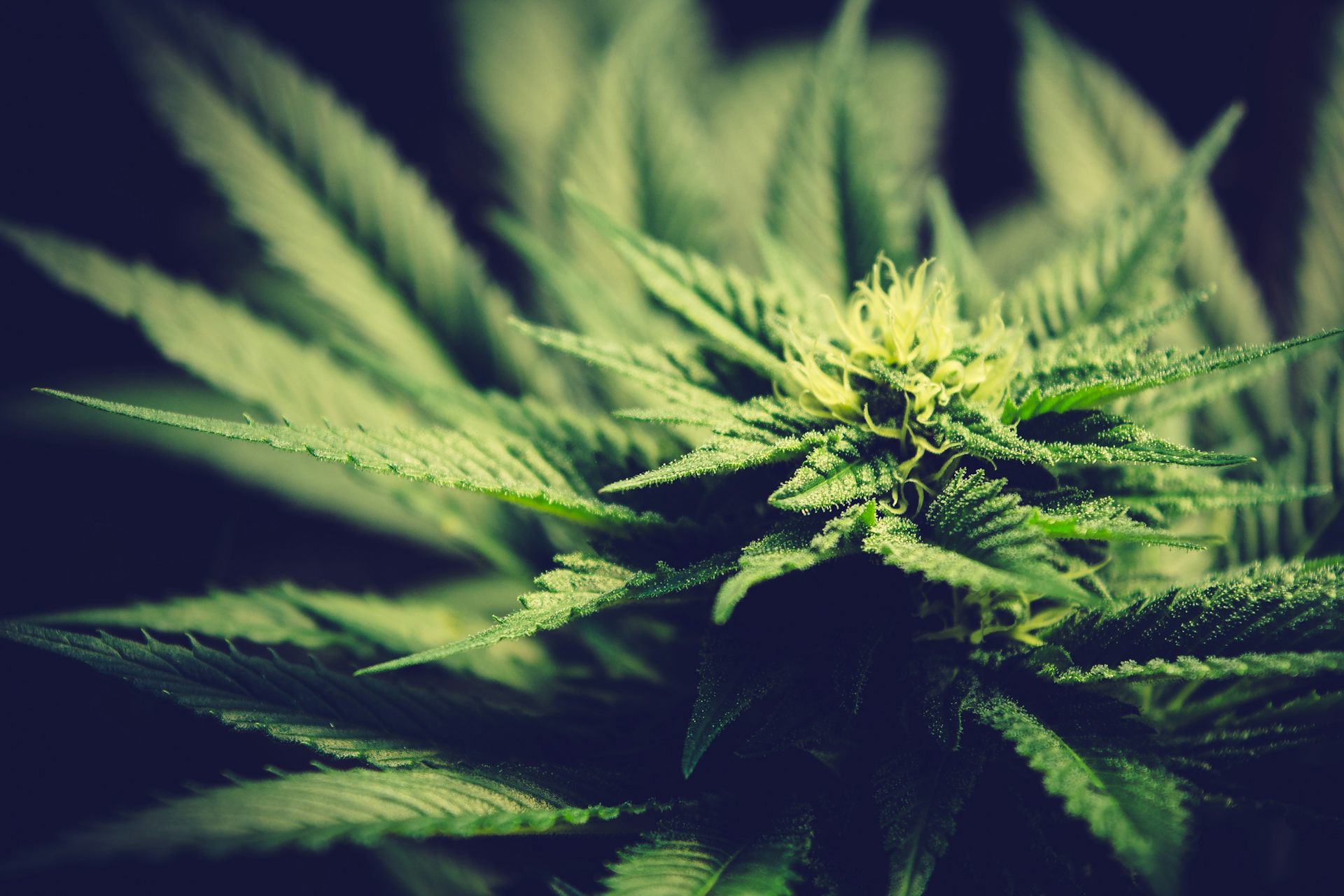Author:
Michael J. Armstrong
(MENAFN- The Conversation) Canada's legal cannabis industry continues to make progress.Product shortagesare decreasing.Store numbersare increasing. Andedible cannabis regulationshave just been finalized.
With these basics falling into place, the industry and its regulators can focus more oncompeting with black markets . Product quality is one area where legal suppliers might have advantages. But to deliver good quality cannabis, producers must simultaneously aim for both careful science and carefree highs.
This dual goal is partly due to government policy. Cannabis producers and products are federally regulated, much like pharmaceuticals. Health Canada overseesproducer licences ,package designsand medical cannabis sales.
Meanwhile, cannabis retailing is provincially regulated, much as with alcohol. In Ontario, for example,one provincial agencyruns wholesaling and online sales. Another handlesretail licencesandemployee qualifications .
Preventing defects
This regulatory approach emphasizes conformance to rules and specifications. Such conformance quality helps prevent product defects and consumer harm.
For example, cannabis producers must follow Health Canada'sGood Production Practices(GPP). These includetesting to ensure productsdon't contain pesticides or mould, but do contain the promised levels ofTHC (tetrahydrocannabinol) and CBD (cannabidiol) .
Such testing should help legal products be more reliable than black-market ones. Indeed, someconsumers have foundtheir moderate-strength legal products provide the same high as their supposedly high-strength illegal ones did. Evidently some illicit suppliers exaggerate their products' attributes. They know they won't be tested.
Read more:
Scarce retail weed shops means most Canadians still use black market pot
Health Canada also requires producers and distributors totrack all their cannabis . Each month they must report the amounts harvested, processed, or sold.
Many organizations exceed these legal minimums. For instance, retailers aren't required to test products. But Québec's cannabis agency tests10 products per suppliereach month to confirm their contents.
Similarly, some producers have adoptedinternational quality standardslikeISO 9000 . Others have formed acannabis industry quality association .
Grow from cuttings
Producers do other things to ensure product consistency. Many grow their plants from cuttings rather than seeds. This helps each plant match its 'mother's' traits.
Indoor growing can also improve consistency. It's more expensive than using greenhouses or open fields, but it gives more control overgrowing conditions .

To deliver quality cannabis, producers must simultaneously aim for both careful science and carefree highs.
Esteban Lopez/Unsplash
Despite these efforts, problems sometimes occur. Producers have recalled13 cannabis productssince October. Some merely hadlabelling errors . But others concernedmould contamination ,insufficient THCorunlicensed production .
(Incidentally, Health Canada encourages consumers toreport any adverse side effectsthey experience from cannabis use.)
Of course, consumers don't just want to avoid problems. They also want to gain benefits.
Designing products
So producers must design products to satisfy and delight their customers. But ensuring good design quality is difficult. That's becauseconsumers' preferences vary widelyand product designs offer many options.
The most basic product format is dried cannabis for smoking. But even it requires many decisions. Producers must select plant varieties and growing conditions that will yieldhigh quality' top shelf ' flowers. And they must choose whether to sell the result as dried flower, pre-rolled joints or evenfilter-tipped 'cigarettes' .
Oils and other extracts start with dried plants and add more process steps. Oils can be extracted, purified, blended and diluted into many formulations.
Cannabis foods, drinks and lotions combine extracts with additional ingredients and additional decisions. For example, should cannabis-infused beverages taste like cannabis or like something else? Should they be sweet, sour, salty or spicy?
Creating experiences
But since cannabis is a drug, the quality of its effect also matters. Cannabis producers are clearly designing tangible goods. But they might want to adapt concepts relating to intangible 'experiential' services like entertainment. What experience should they offer the consumer?
Recreational users desire pleasant effects ranging from mild relaxation to powerful highs. When smoking cannabis, they also care about its aroma.
By contrast, 'wellness' users seek better health, while medical users needspecific treatments . These consumers mostly prefer cannabis oils. Those allow more precise dosages and avoid smoking's harms.
As producers gain experience, they could increasingly experiment with cannabis product formulations. Which mixes of THC, CBD and other cannabinoids give the best recreational highs? Or the most medical relief?
Some experimentation is already under way for beverages. With traditional cannabis drinks, the buzz arrives and fades much more slowly than that of alcohol. Companies are consequently developingbeverages with faster onset and recovery times . These will better suit 'social drinking' situations.
Extra challenges
One quality challenge facing product designers is scientific. Cannabis contains THC, CBD and many othercannabinoid chemicalswhose effects are not well understood. So, much trial-and-error will be needed at first.
Other challenges are regulatory. For example, producers are already designing edibles likecannabis chocolates and sugars , but they can't test them with consumers until October. So product feedback techniques like tasting panels aren't yet possible.
Product designers also must deal with inherent contradictions in public policy goals. Legal cannabis products must be appealing enough to draw existing users away from illicit suppliers. But not so appealing that they attract many new users, or accidentally get ingested byunsuspecting adults ,children or pets .
In other words, cannabis quality must be high, but not too 'high.'
Marijuana
Cannabis
Weed
Marijuana legalization Canada 2018
Cannabis edibles
MENAFN1806201901990000ID1098654810
Legal Disclaimer:
MENAFN provides the information “as is” without warranty of any kind. We do not accept any responsibility or liability for the accuracy, content, images, videos, licenses, completeness, legality, or reliability of the information contained in this article. If you have any complaints or copyright issues related to this article, kindly contact the provider above.